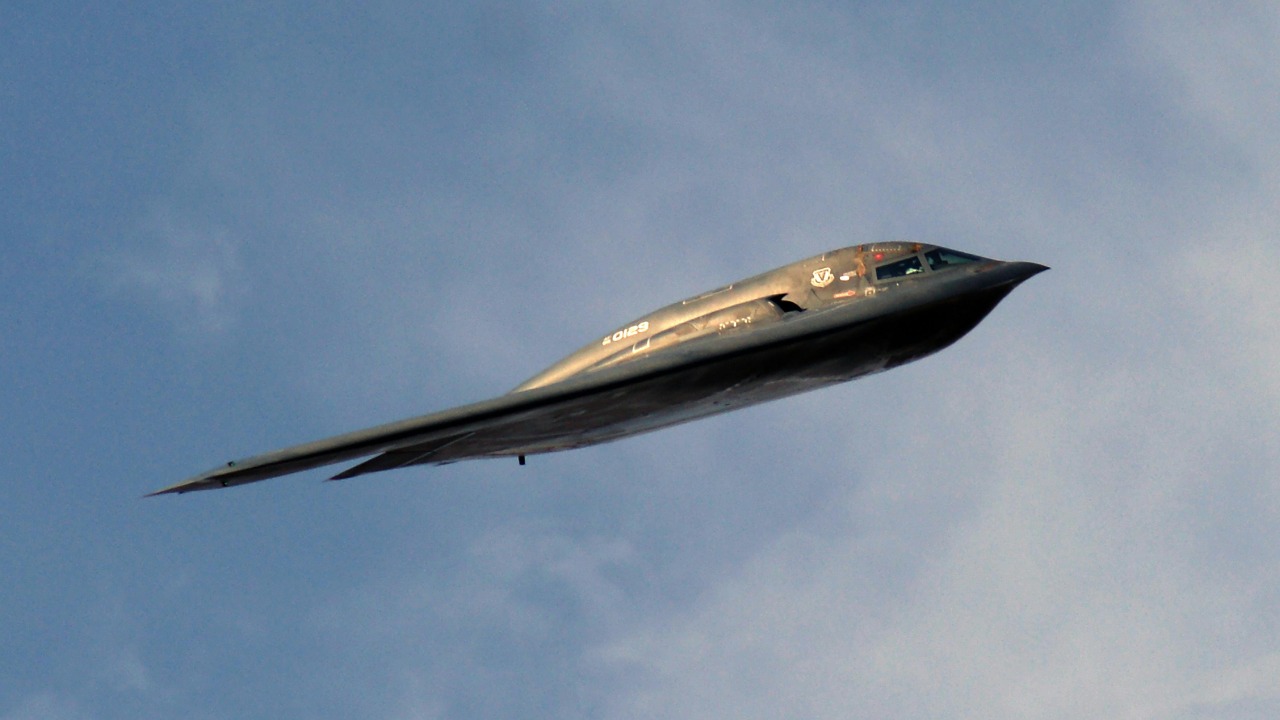
Stealth technology has revolutionized modern warfare by enabling aircraft and drones to evade radar detection. The science and innovations behind stealth technology reveal how these advancements effectively render aircraft invisible to radar systems. This examination delves into the intricate methods and materials that contribute to the elusive nature of stealth aircraft.
The Science of Radar Detection
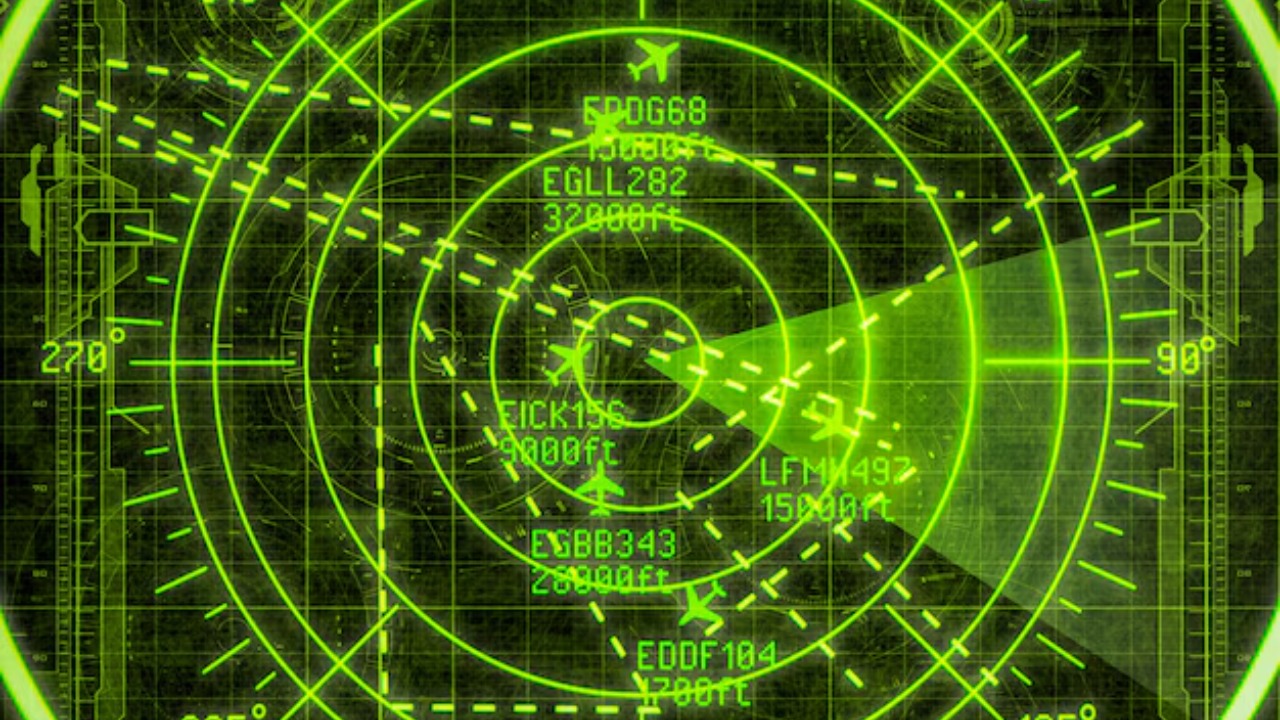
Radar systems function by emitting radio waves that bounce off objects and return to the radar source, allowing the detection of aircraft. The basic principle involves measuring the time it takes for the radio waves to return and the change in frequency, which helps in determining an object’s speed and distance. However, advancements in stealth technology have significantly challenged this principle.
Despite their sophistication, radar systems have inherent limitations and vulnerabilities. They can be susceptible to certain countermeasures designed to evade detection. Historically, various attempts at radar evasion, such as low-flying aircraft and the use of chaff, have been implemented with varying degrees of success. Understanding these vulnerabilities has been crucial in the development of modern stealth technology.
Design and Shape Innovations in Stealth
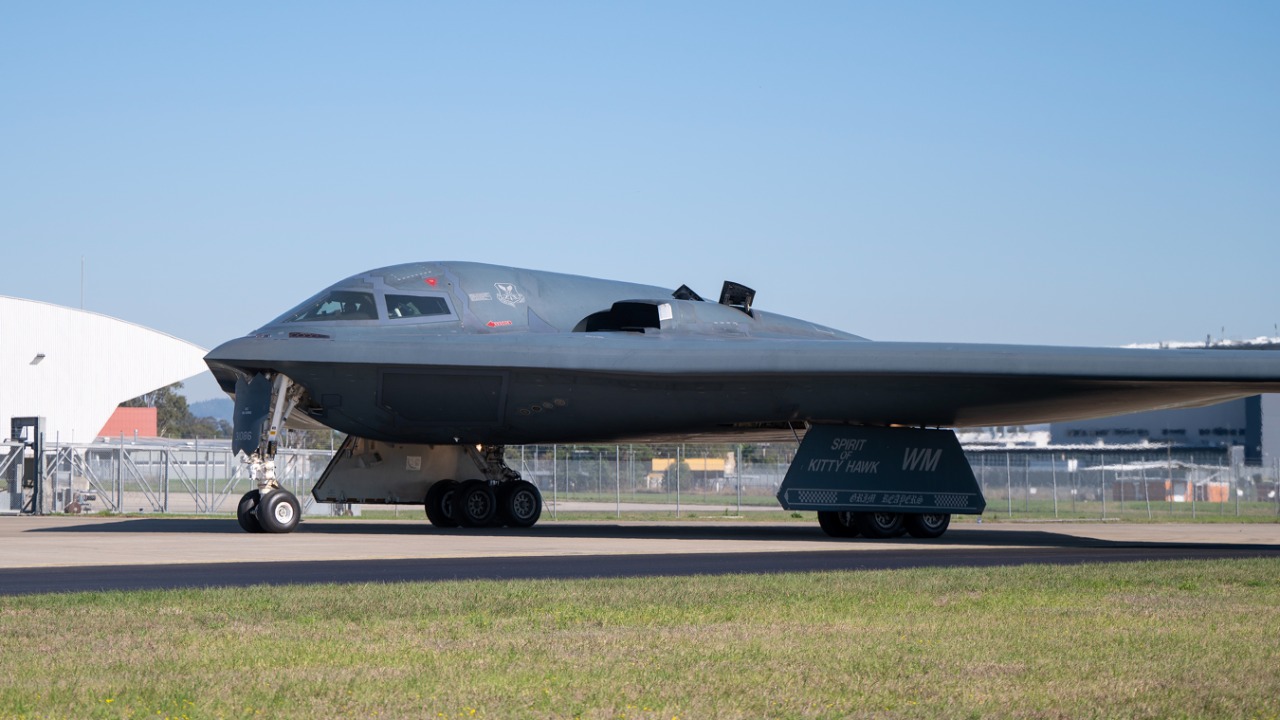
The shape of an aircraft plays a critical role in its ability to evade radar detection. By designing aircraft with specific angles and shapes, engineers can scatter radar waves in directions that minimize their return to the radar source. Smooth, curved surfaces further contribute by reducing the radar cross-section, making the aircraft less detectable.
Iconic stealth aircraft, such as the F-117 Nighthawk and the B-2 Spirit, exemplify these design principles. The F-117’s angular design and the B-2’s unique shape are specifically engineered to evade radar, demonstrating how shape innovations have been pivotal in the evolution of stealth technology.
Material Science and Radar Absorption
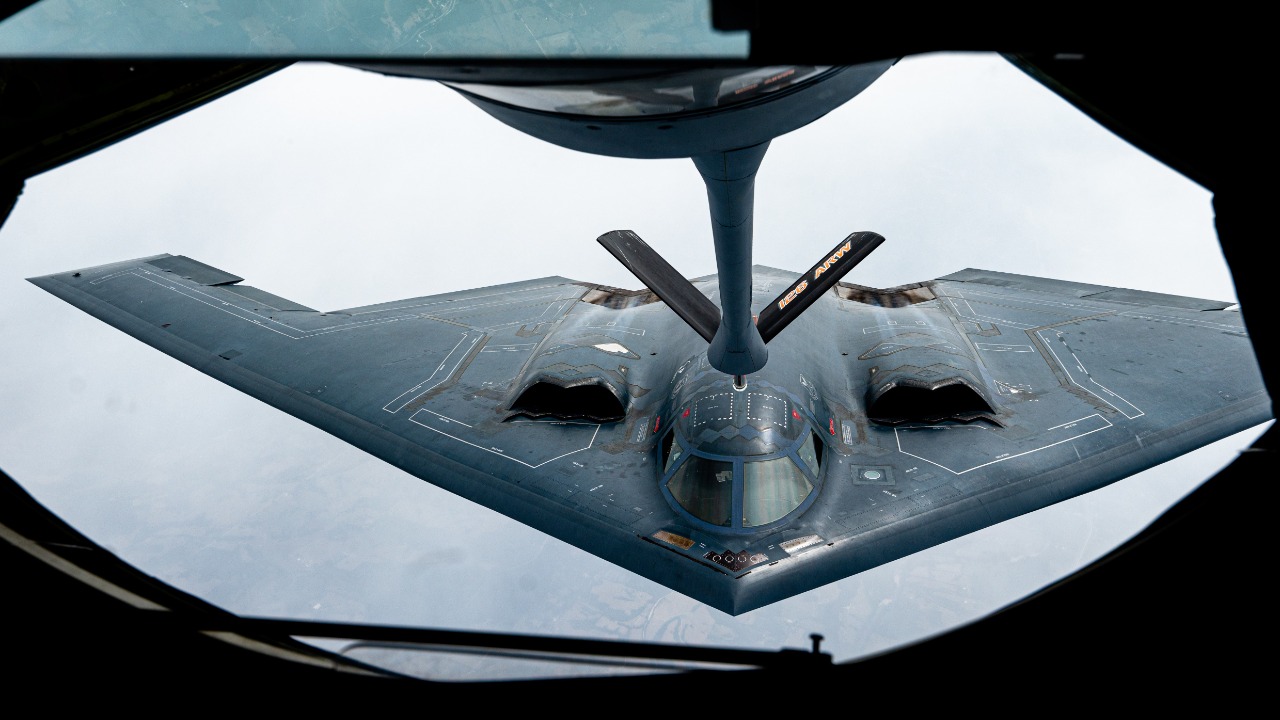
Radar Absorbent Materials (RAM) are engineered to absorb radar waves, significantly reducing the radar signature of stealth aircraft. These materials are a critical component in stealth technology, as they prevent radar waves from reflecting back to the radar source. Technological advancements in RAM have enhanced their effectiveness, making them indispensable in modern stealth applications.
In addition to RAM, specialized coatings and composite materials are used to further minimize radar reflection. These coatings can be applied to an aircraft’s surface to alter the way radar waves interact with it. The development of advanced composites has also played a crucial role in enhancing stealth capabilities, allowing for lighter and more efficient aircraft designs.
Electronic Countermeasures and Deception
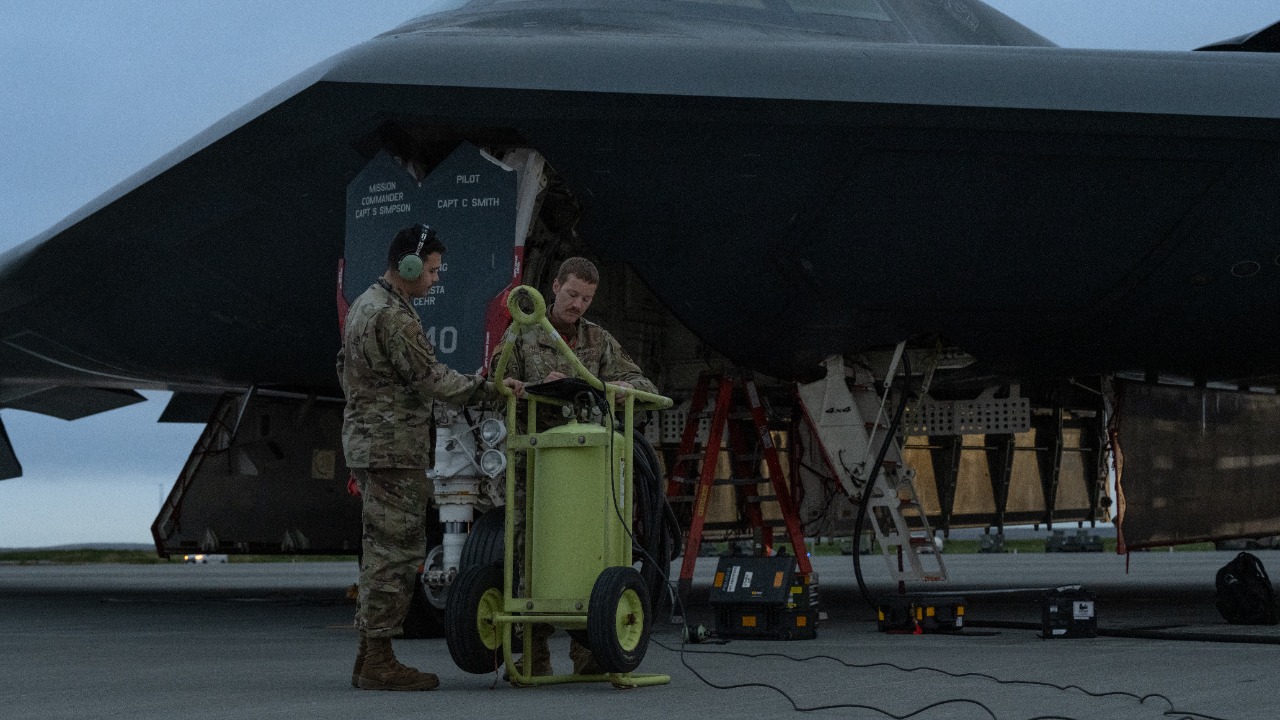
Electronic warfare is an integral aspect of stealth operations, utilizing electronic countermeasures to confuse and deceive radar systems. Techniques such as jamming, which disrupts radar signals, and spoofing, which creates false radar echoes, are commonly employed to aid in radar evasion.
The integration of advanced technologies, including AI and machine learning, has further enhanced radar evasion capabilities. These technologies enable real-time analysis and adaptation to radar signals, offering cutting-edge solutions that are currently being tested or deployed in various stealth operations.
Future Trends in Stealth Technology

Emerging stealth technologies hold the promise of even greater capabilities and applications. Innovations on the horizon include the use of nanotechnology, which could revolutionize the way stealth materials are developed and applied. These advancements have the potential to offer unprecedented levels of radar evasion.
However, the progression of stealth technology also raises challenges and ethical considerations. The ongoing arms race fueled by these advancements impacts global military balance, sparking debates on the ethical implications of using such technology in warfare. As stealth technology continues to evolve, these discussions will become increasingly pivotal in shaping its future applications.